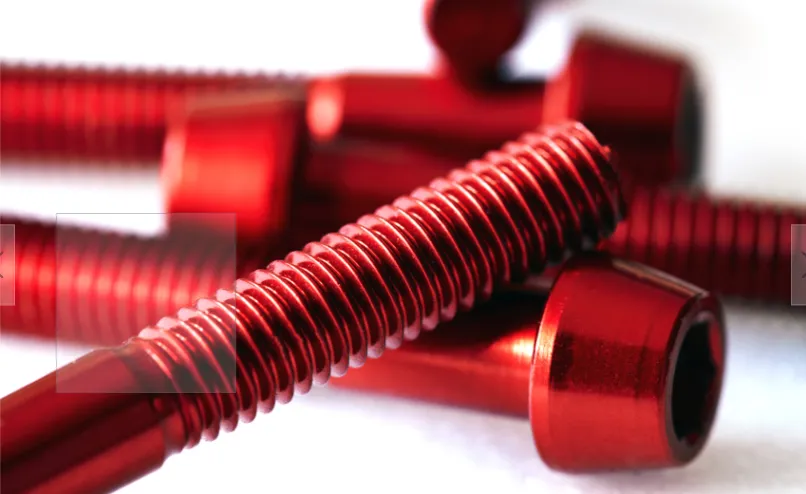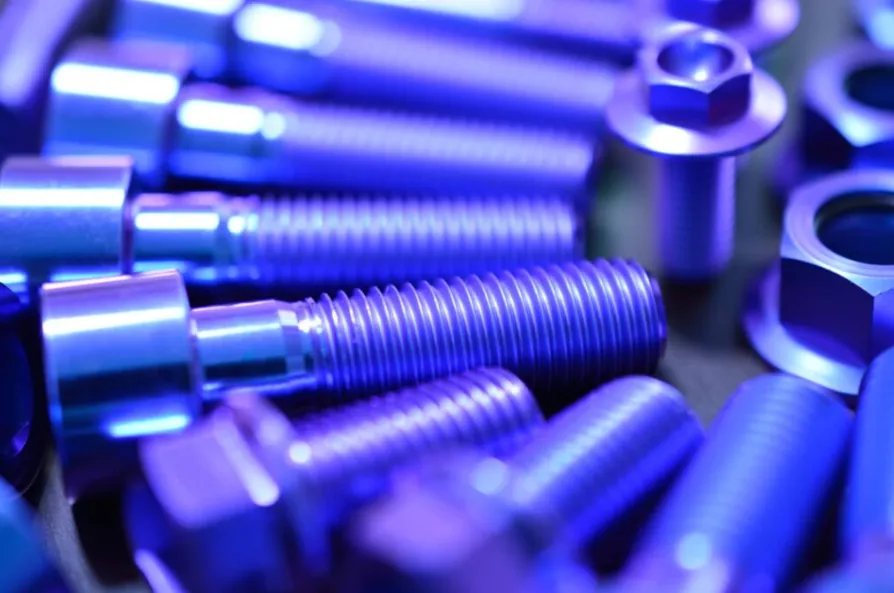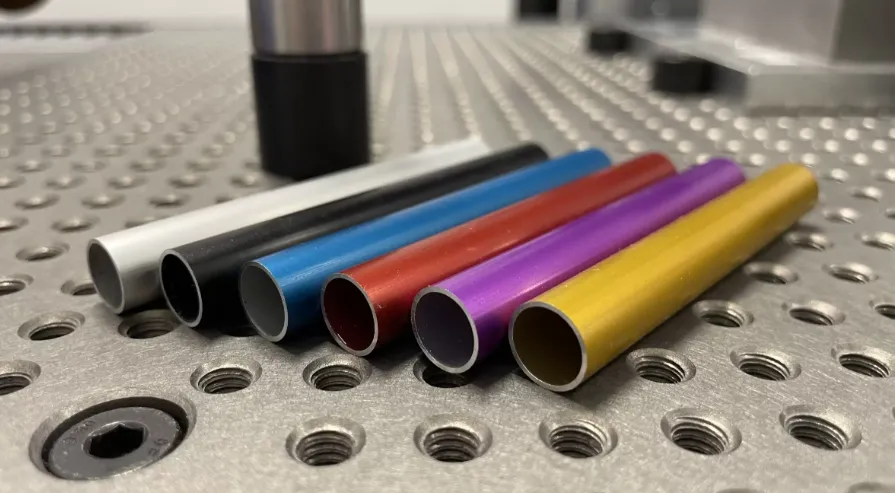Anodizing aluminum is a pivotal electrochemical process that significantly augments the metal’s natural properties, making it exceptionally suitable for a wide range of applications. This technique involves the controlled oxidation of aluminum, resulting in the formation of a robust aluminum oxide layer that is integral to both the metal’s durability and its visual appeal.
 The anodizing process begins with the meticulous preparation of the aluminum surface. This involves cleaning to eliminate any impurities such as oils, dust, or residues that could impede the uniform growth of the oxide layer. Once the surface is adequately prepared, the aluminum is submerged in an electrolyte solution, typically sulfuric acid, and serves as the anode in the electrochemical cell. When an electric current is applied, oxygen ions from the electrolyte react with the aluminum surface, forming a tightly bonded aluminum oxide layer.
The anodizing process begins with the meticulous preparation of the aluminum surface. This involves cleaning to eliminate any impurities such as oils, dust, or residues that could impede the uniform growth of the oxide layer. Once the surface is adequately prepared, the aluminum is submerged in an electrolyte solution, typically sulfuric acid, and serves as the anode in the electrochemical cell. When an electric current is applied, oxygen ions from the electrolyte react with the aluminum surface, forming a tightly bonded aluminum oxide layer.

One of the foremost advantages of anodizing is the substantial increase in corrosion resistance. The aluminum oxide layer acts as a protective barrier against environmental factors like moisture, salts, and pollutants, which can otherwise lead to the degradation of the metal. This enhanced resistance makes anodized aluminum an ideal choice for applications exposed to harsh conditions, such as in the construction of outdoor structures, marine components, and automotive parts.

Beyond its protective qualities, anodizing significantly improves the wear resistance of aluminum. The hardened surface is less susceptible to scratches, abrasion, and general wear and tear, thereby extending the lifespan of the material in high-traffic environments. This attribute is particularly valuable in consumer electronics, cookware, and aerospace components, where durability is paramount.
Aesthetic enhancement is another critical benefit of the anodizing process. The porous nature of the anodic layer allows for the incorporation of dyes, enabling a vast spectrum of colors to be applied uniformly and permanently. This capability is extensively utilized in architectural elements, signage, and consumer products, where both functionality and visual appeal are essential. Additionally, the anodized surface can achieve various finishes, ranging from matte to glossy, catering to diverse design requirements.

The versatility of anodizing is further exemplified by the ability to tailor the thickness and properties of the oxide layer through adjustments in process parameters such as temperature, electrolyte composition, and current density. This customization ensures that the anodized aluminum meets specific performance criteria, whether for enhancing thermal properties, adjusting electrical conductivity, or achieving desired mechanical strengths.
In industrial settings, anodizing plays a crucial role in the fabrication of machine parts and components that demand precision and reliability. The process not only improves the mechanical properties of aluminum but also facilitates better adhesion for paints and other coatings, allowing for seamless integration into complex assemblies and systems.
Environmental sustainability is also a noteworthy aspect of anodizing aluminum. The process generates minimal waste and the materials used can often be recycled, aligning with eco-friendly manufacturing practices. Moreover, the extended lifespan of anodized products reduces the need for frequent replacements, contributing to resource conservation and waste reduction.

Technological advancements continue to expand the applications and efficiency of anodizing. Innovations such as hard anodizing and the development of alternative electrolytes are pushing the boundaries of what can be achieved with this versatile process. These advancements are enabling the creation of advanced materials that meet the stringent demands of modern engineering and design.
In conclusion, anodizing aluminum stands as a testament to the synergy between chemistry and materials science, transforming a ubiquitous metal into a high-performance material tailored for durability, functionality, and aesthetic excellence. Its widespread adoption across various industries underscores its indispensable role in advancing both the practical and visual dimensions of aluminum-based products.




